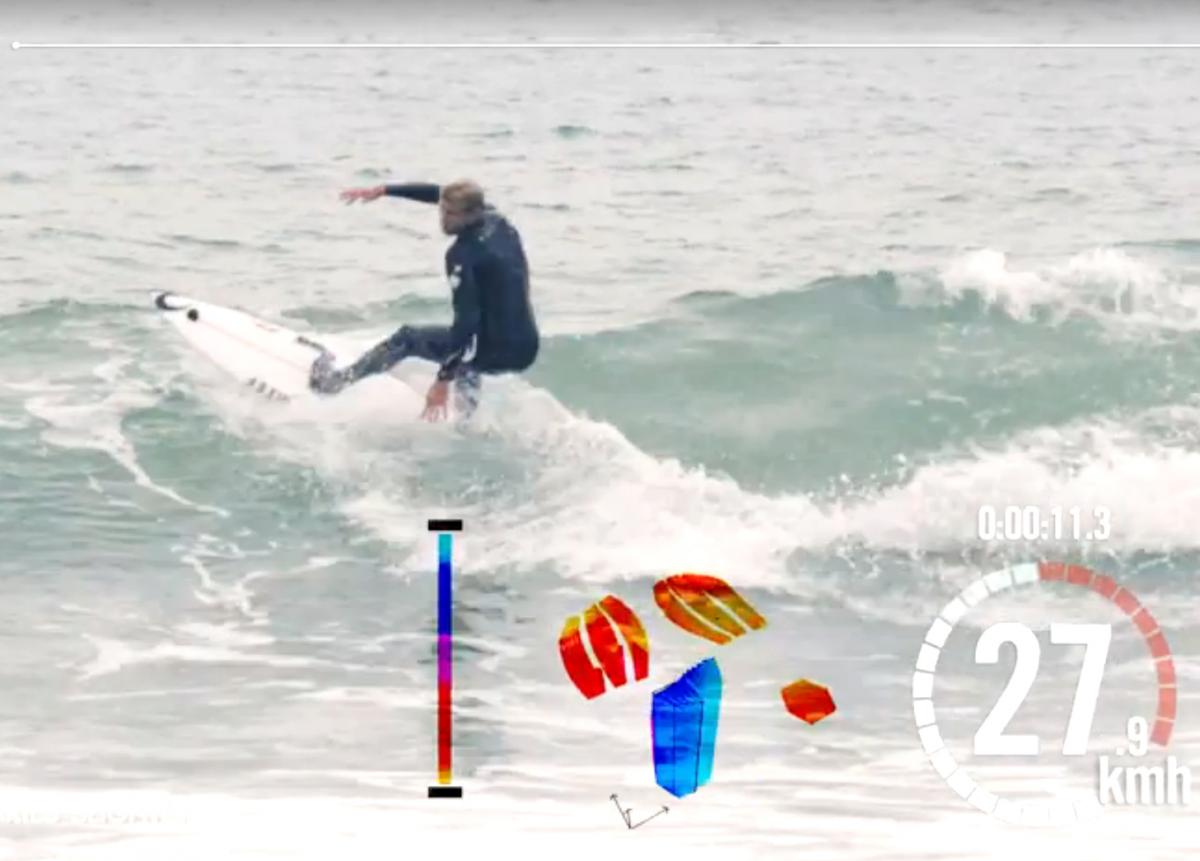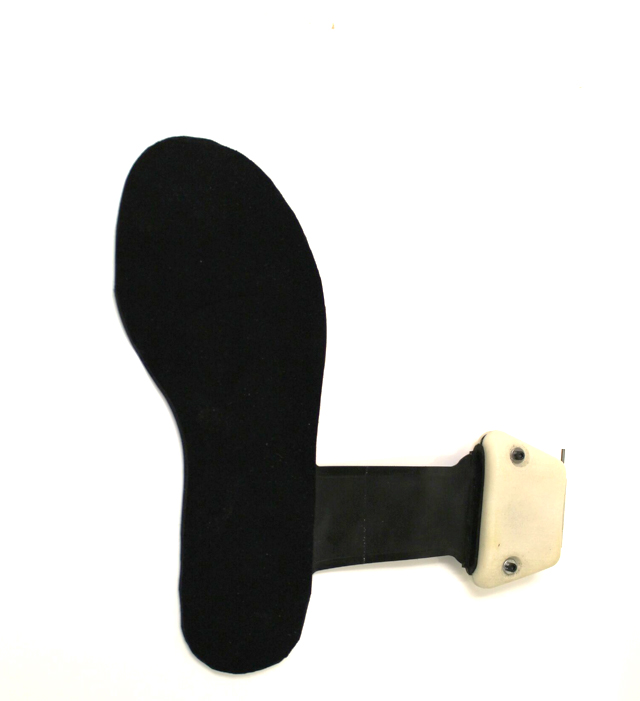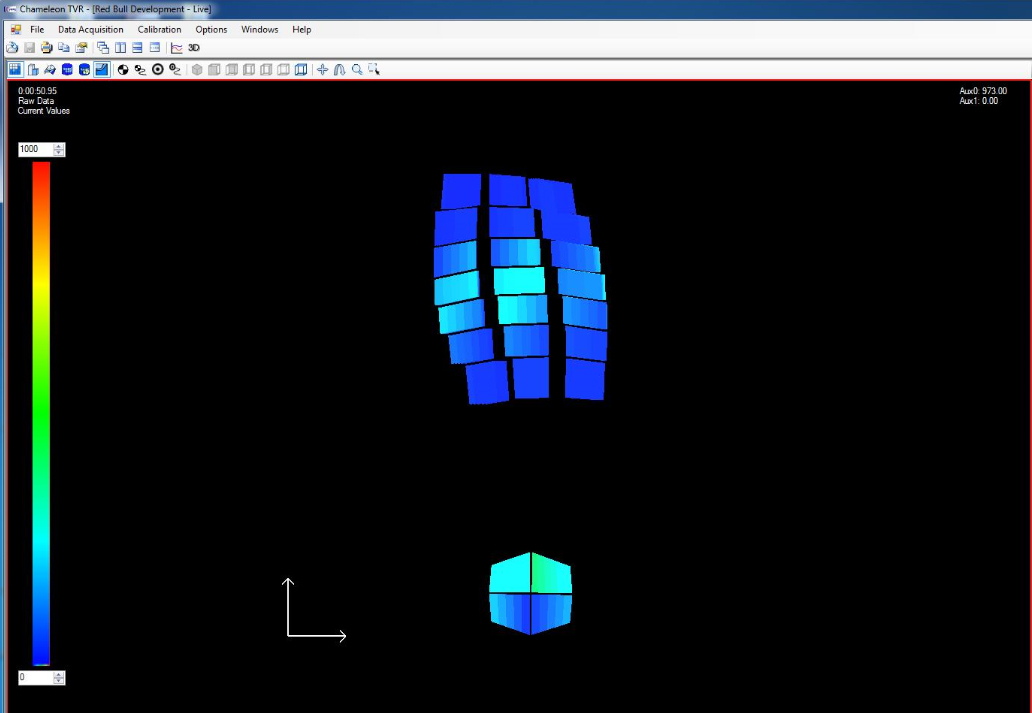웨어러블 기술, 편안함과 압력을 측정하다
소비자들은 의류의 착용성 뿐만 아니라 기능면에서도 더 많은 요구를 하고 있습니다. 편안함은 소비자가 제품을 좋아하는지 여부를 결정하는 데 중요한 역할을합니다.
Now the issue of form and fit is extending well beyond traditional apparel to more specialized items such as bras, gloves, shapewear, compression stockings, diapers and eyeglasses to the burgeoning wearable technology market with its fitness bands, smart watches, and headphones that collect biometric information or interact with mobile devices.
With so much at stake, wearable manufacturers are increasingly investing in sophisticated pressure mapping research to optimize product design and create the comfort and fit that will garner the most market share.
Measuring Pressure
For wearables in prolonged contact with the body, or that come into contact with particularly sensitive areas, the amount of pressure applied at specific points is the primary consideration. However, gauging the amount of pressure can be difficult because most people have a hard time determining static pressures in general. That is to say, the human body tends to be more sensitive to pressures that change than to constant loads. Instead, by integrating capacitive sensor technology in testing and development, wearable manufacturers can capture and quantify the amount of pressure users feel when wearing the design to optimize fit and function.
Capacitive Tactile Sensor Technology
Capacitive Tactile Sensors involve two electrodes separated by a compressible dielectric structure. When pressure is applied, the gap decreases and capacitance rises. Unlike resistive technology, the two electrodes never touch. Consequently, capacitive sensors are less susceptible to wear or failure even if subjected to multiple, repeat loads.
Capacitive sensor technology has several additional advantages over resistive, including greater stability in terms of repeatability and durability and the ability to measure extremely low levels of pressure with accuracy. This can be an important consideration when clothing fit can involve subtle, low levels of pressure. Using capacitive sensors, pressure can be measured using sophisticated arrays that measure thousands of points of force to create a high resolution map as well as using miniature force sensors that measure pressure at discreet points.
One of the main challenges when developing wearables is that the human body is not, of course, flat. It has contours and curves and any sensor used for such a purpose must conform to the curved surfaces while providing accurate pressure measurements. Fortunately, the tactile array options from leading sensor manufacturers can be integrated with a variety of soft, flexible, and conformable materials. For research purposes, the sensors can be embedded in mannequins or sewn into straps that go between the clothing and a mannequin or human tester.
Consider, for example, bras, an area in which proper fit is crucial. A tactile pressure sensor-equipped mannequin could be a solution for companies aiming to improve bra design.
Another logical use for tactile pressure sensing technology would be for shapewear, garments that are designed to hold various parts of the body in such a way as to modify and ostensibly improve the wearer’s appearance. Quantifying pressures would be a crucial element of creating shapewear that is just tight enough in the right places to create the desired effect without being excessively constrictive.
Tactile pressure sensor technology could also assist in the development of garments that have medical applications, like compression stockings meant to treat and prevent deep-vein thrombosis, a complication that often involves the formation of potentially serious blood clots in the lower leg and calf. Headphones and other headgear are other potential applications that can benefit from pressure mapping.
For headgear, comfort is often as important as functionality. Because it can be difficult to discern the difference in noise attenuation from one brand of noise-canceling headphones to the next, comfort and fit can play an important role in determining what will be purchased.
Professional Sports
In professional sports, wearable technology has applications in monitoring and real time performance feedback for athletes as well. At Red Bull, the energy drink company, the limits of sports research are being pushed through the Red Bull High Performance group. The group works with Red Bull’s community of sponsored athletes and a community of scientists to conduct research designed to explore the characteristics and traits of elite performance to broaden the collective understanding of the true capacity of human potential.
“One approach is to utilize cutting edge technologies to collect information from the greatest athletes on the planet to not only shed insight into their performance, but also to adapt any kernels of knowledge to the broader community to make everyone’s lives better,” says Brandon Larson, Technologist with the Red Bull High Performance. Larson is a mechanical engineer with previous experience in R&D at NASA and the Boeing Company.
Larson led the Surf Science project, which is designed to advance technologies to collect data while surfing to provide insights and explore performance improvement. The initial research was focused on determining how the pressure of a surfer’s feet is transferred into a surfboard to control it. To accomplish this goal, high resolution pressure mapping utilizing sensors in the insoles of surf booties would be required.
The Red Bull surfing sensor in action.
However, capturing foot pressure information is a challenging task even for casual footwear due to the constant pounding and stress on an insole in addition to the wide range of forces being applied. Adding to the demanding requirements, the surfing application meant designing pressure mapping sensors and electronics that could withstand the wet, corrosive, high humidity environment and a range of temperatures.
Onboard wireless data acquisition was also out of the question, due to interference of the signal caused by the water. After carefully vetting the available options on the market, Larson approached Pressure Profile Systems (PPS), a world leader in providing capacitive tactile sensing solutions.
PPS sensors differ from traditional capacitive designs that require a finger or stylus to interact with a single electrode. Instead, the sensors are designed with two built-in electrodes separated by a proprietary compressible dielectric matrix, which acts like a spring.
촉각 에레이 센서를 구축하기 위해 PPS는 전극을 직교하고 겹치는 스트립으로 배열합니다. 전극이 겹치는 각 지점에 별개의 커패시터가 형성됩니다. 단일 행과 열을 선택적으로 스캔하여 해당 위치의 커패시턴스, 즉 국부 압력이 측정됩니다.
The TactArray sensors feature up to 8,192 integrated sensing elements while measuring pressures from 0.01 psi to 700 psi.
For applications that do not require an array, PPS has just developed new single-element, Wearable SingleTact force sensors that can reliably quantify force at levels as low as 1 gram. Constructed from stretchable conductive cloth materials for conformability, the 20 mm Wearable SingleTact force sensor can be used on humans since it is soft, stretches and conforms to multi-curved surfaces without compromising data quality.
Wearable SingleTact sensors come as a complete turnkey solution with interface board with analog output. OpenSource Arduino and DAQ Software are also available for designers wishing to develop or integrate the sensors into their product or project.
To meet the demanding requirements of surfing while maintaining quality pressure data, PPS worked with Red Bull engineers and went through multiple design iterations.
Unlike the majority of capacitive touch sensors, PPS sensors are not influenced by humidity. However, they are not waterproof, so the company provided sheaths to protect the tactile array.
Engineers on both sides also collaborated to create a small, 3D-printed waterproof housing for the data acquisition computer. To facilitate the placement of the housing, the Red Bull High Performance group worked directly with Rip Curl, a major surf booty manufacturer, to create a custom pocket just below the flexing point of the ankle so as not to interfere with the surfer’s technique.
Throughout the process, Larson was particularly impressed by the testing procedures employed by Pressure Profile Systems as well as its manufacturing capabilities.
“Pressure Profile has one of the more rigorous testing procedures I have experienced, which is saying a lot coming from places like NASA and Boeing,” says Larson. “To see that level of precision and workmanship put into a sensor to measure the pressure from a surfer’s foot was impressive.”
The PPS sensors have already been put into action by Red Bull sponsored surfers at their Surf Science technology camp in Mexico and by World Champion Mick Fanning in a session at Lower Trestles. The system successfully captured and stored hours of surfing data that provided a unique view into how world-class elite surfers use their feet to control the board.
Larson envisions the next step in the evolution of the project as working with PPS to embed tactile array sensors into the deck of a surfboard to not only collect pressure distribution of the feet, but also position. To date, surfer foot placement has only been evaluated through less precise watching of video.
The foot-pressure sensor for surfboards.
Other applications the Red Bull High Performance team has considered for Tactile Array technology include incorporating it into wingsuits to better understand airflow and air pressure distribution across the aerodynamic skin; mountain bike racer gloves or handgrips to determine grip and braking timing and firmness; and in the decks of skateboards to determine the pressure profile of skaters as they perform specific tricks and maneuvers.
“Being able to see the pressure signature in some of these applications is a game-changing educational tool,” says Larson. “With the capabilities of the sensor array, your mind can wander and you start to realize that there are very few things it can’t measure when it comes to pressure.”
Foot-pressure data-acquisition software.
To learn more about the Red Bull project, visit:
http://www.pressureprofile.com/press/2014/12/8/fv3w35of29ic6c55antm9a0giz9gbb
For more information on Pressure Profile Systems, visit http://www.pressureprofile.com or email info@pressureprofile.com




